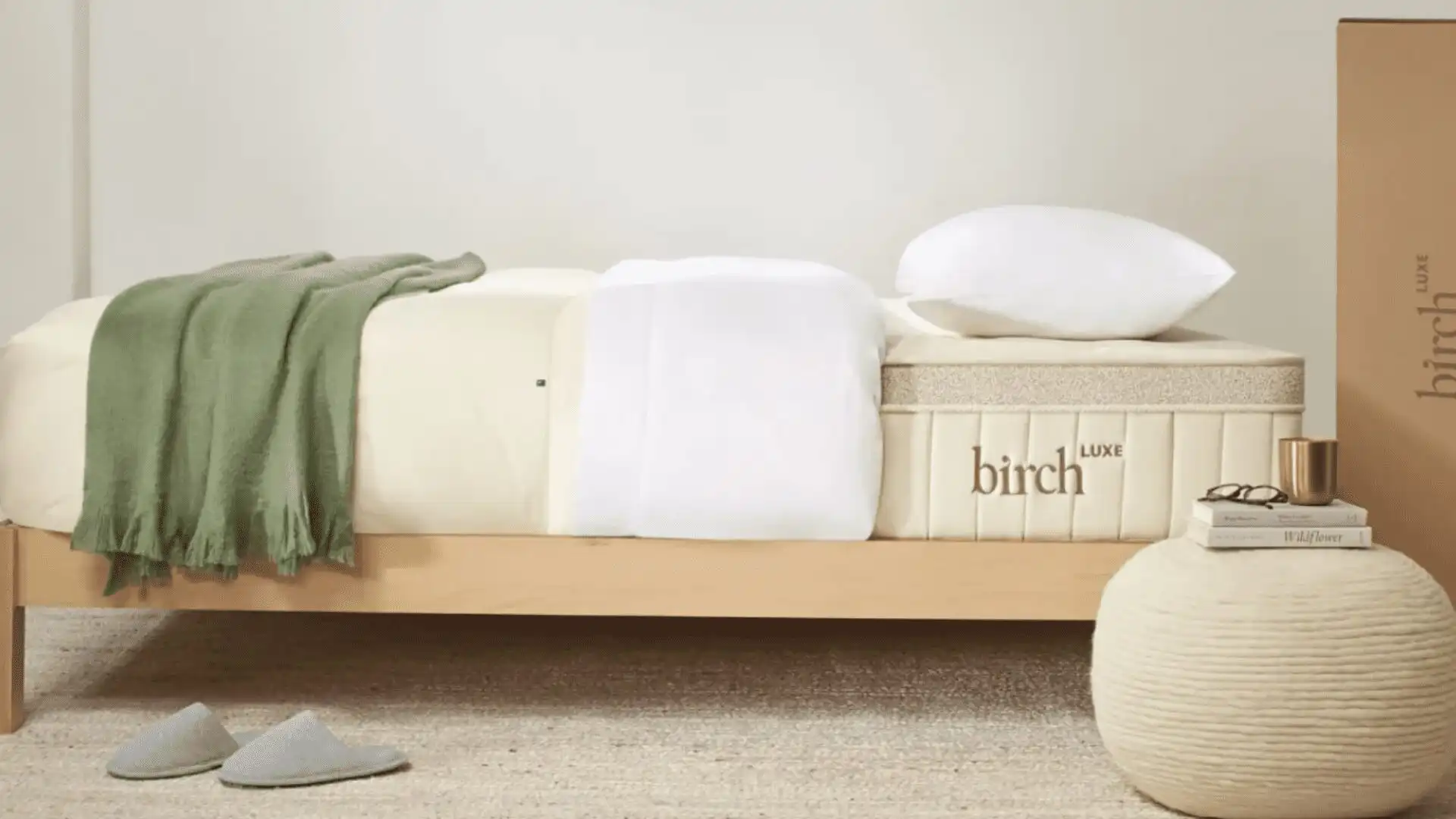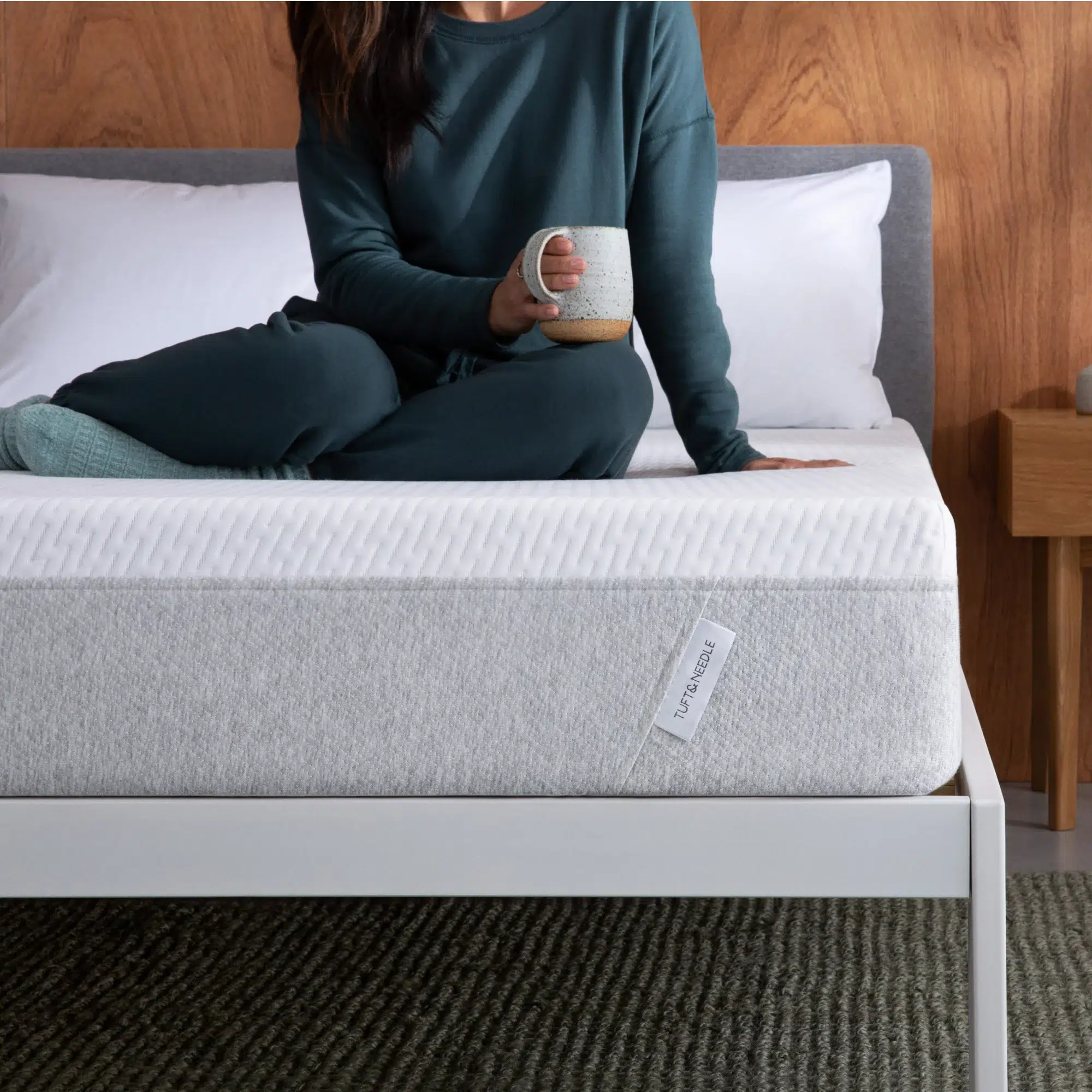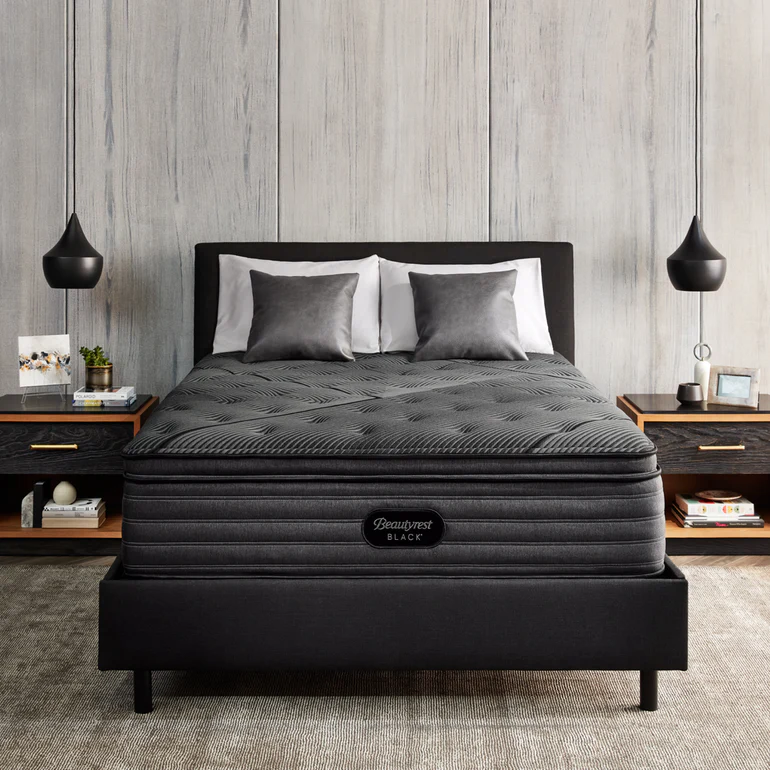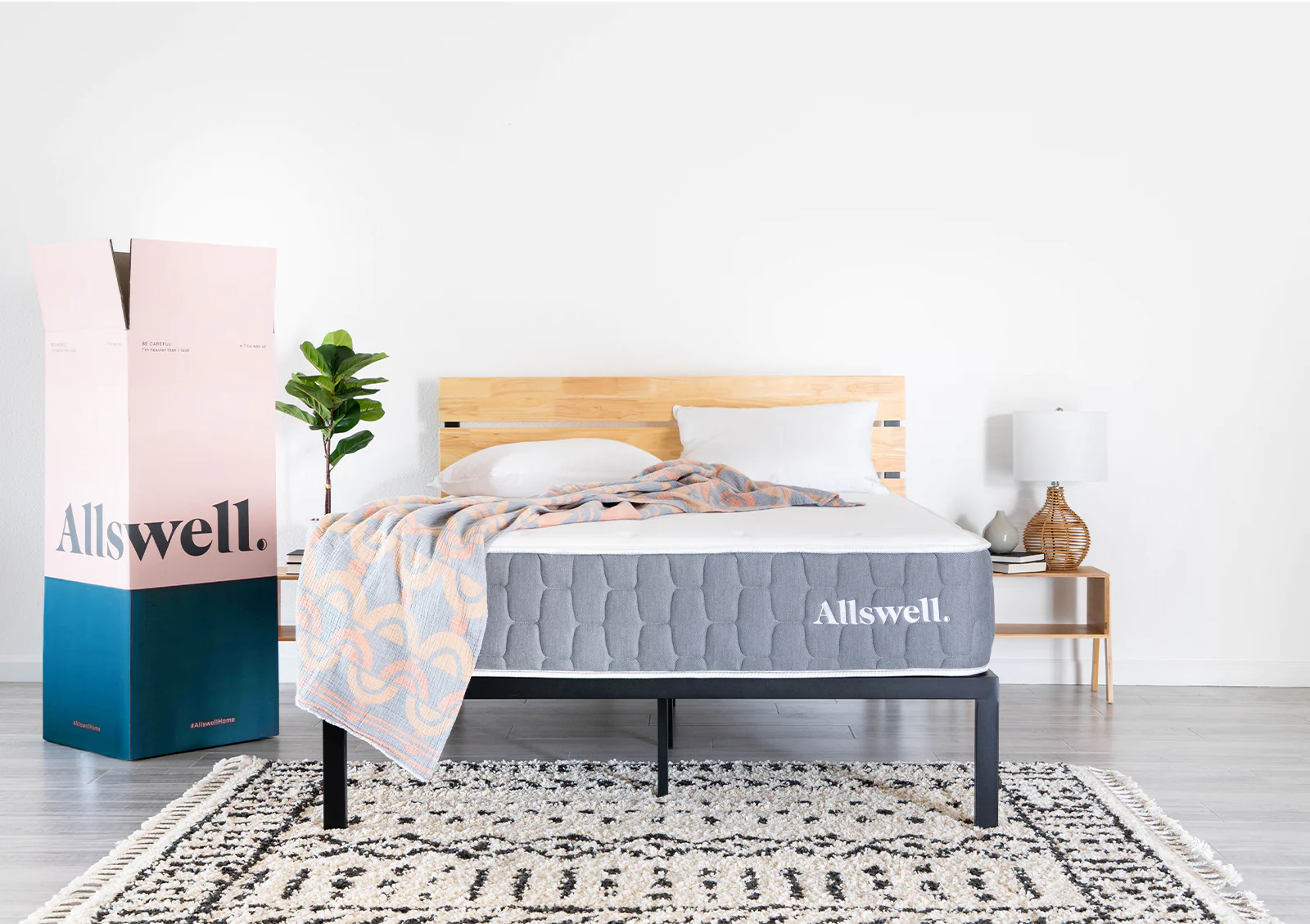
Best Mattress for Stomach Sleepers
If there’s one consistent piece of advice researchers offer about sleeping (other than getting at least seven hours of it each night) it’s that a prone position in which the stomach rests on the bed is to be avoided at all costs. The National Sleep Foundation reports that stomach sleeping is the preferred option for seven percent of adults, but also that it is one of the most harmful positions. However, many of the typically cited downsides of stomach sleeping can be avoided simply by investing in the right mattress.
I am primarily a stomach sleeper and it can be hard to find a good mattress that has the right amount of firmness but still giving you good pressure relief.
Stomach Sleeping Statistics
Side sleeping is the most common sleep position, with approximately 40-50% of adults preferring this position.
Among side sleepers, there are variations in the exact position: a. Fetal position (knees bent and tucked toward the chest): Around 41% of side sleepers prefer this position. b. Log position (arms and legs extended straight): About 15% of side sleepers opt for this position. c. Yearner position (arms stretched out in front): Roughly 13% of side sleepers choose this position.
Side sleeping is considered the healthiest sleep position for most people, as it can help alleviate problems such as snoring, sleep apnea, and acid reflux. It is also recommended for pregnant women to sleep on their left side to improve blood circulation to the baby.
Side sleeping can lead to wrinkles and pressure sores due to the compression of the face against the pillow, but using a silk or satin pillowcase can help mitigate this issue.
Benefits of Stomach Sleeping
Stomach sleeping consistently gets a bad rap, but there are a few situations in which this position can be beneficial. Among adults, stomach sleeping can minimize snoring, and some sleep apnea sufferers report that stomach sleeping allows them to get a better night’s sleep. The research does not necessarily back this opinion up, however, as a study published in the Journal of Clinical Sleep Medicine indicates that prone sleeping actually increases the frequency of apneas, albeit not the duration.
Downsides of Stomach Sleeping
As mentioned above, supine sleeping may actually be detrimental for those with sleep apnea, even if it reduces snoring. It’s also a poor choice for those who suffer from chronic back pain, as the position inevitably involves the compression of the lower back. Most stomach sleepers rest with their head turned to the side, an extreme position that can be hard on the neck. Stomach sleeping is believed to speed up the formation of wrinkles, as the skin crunches up against the sleeper’s pillow. This problem can be eased, somewhat, with the use of a silk pillowcase, which, in addition to preventing short-term creasing, is believed to assist with sebum retention.
Mattresses For Stomach Sleepers
If, after reading up on all the downsides of stomach sleeping, you are determined to continue to rest in a supine position, it is imperative that you invest in a good mattress that will give your body the support it needs. The right mattress can ease a lot of the problems associated with stomach sleeping — especially morning aches and pain. A firm mattress is best, as it allows your body to maintain the best possible alignment while in the supine position. The following mattresses are great choices for stubborn stomach sleepers:
What Makes a Good Side Sleeper Mattress?
The ideal mattress for side sleepers should provide a balance between support and pressure relief, as this sleep position puts more pressure on the shoulders and hips. Here are some general guidelines for choosing the best mattress for side sleepers:
Type of mattress: Memory foam, latex, and hybrid mattresses are typically well-suited for side sleepers. These materials offer both contouring and support, which helps maintain proper spinal alignment while relieving pressure points.
Firmness level: Medium-soft to medium-firm mattresses are usually recommended for side sleepers. This range provides enough support to maintain spinal alignment while also offering cushioning for the shoulders and hips. However, personal preferences and body weight can influence the ideal firmness level, so it’s essential to take those factors into account when choosing a mattress.
Thickness: A mattress of 10 to 14 inches in thickness is generally suitable for side sleepers, as it provides enough support and cushioning without causing excessive sinkage.
Zoned support: Some mattresses offer zoned support, with targeted reinforcement in areas like the lumbar region and softer cushioning at the shoulders and hips. This design can be beneficial for side sleepers as it helps maintain proper spinal alignment while minimizing pressure points.
Materials and certifications: When selecting a mattress, consider the quality and durability of the materials used. Look for certifications like CertiPUR-US for foam mattresses or GOLS (Global Organic Latex Standard) and GOTS (Global Organic Textile Standard) for organic latex and textiles to ensure the materials are safe and environmentally friendly.
What Causes Hip and Shoulder Pain when Side Sleeping?
Hip and shoulder pain when side sleeping can be caused by a variety of factors. Here are some common reasons:
Inadequate mattress support: An unsuitable mattress can lead to hip and shoulder pain, especially for side sleepers. If your mattress is too firm, it may not provide enough cushioning for these pressure points, leading to discomfort. Conversely, if your mattress is too soft, it may cause excessive sinking and misalign your spine, resulting in pain. Choose a mattress that offers a balance of support and pressure relief, such as memory foam, latex, or hybrid options.
Poor spinal alignment: Proper spinal alignment is crucial for side sleepers. If your neck, spine, and hips are not well-aligned, it can put strain on your joints and muscles, leading to pain in your shoulders and hips. Using a supportive pillow that keeps your neck in a neutral position and placing a pillow between your knees can help maintain proper alignment.
Old or unsupportive pillows: An unsupportive or worn-out pillow can cause your head to sink too low or be elevated too high, straining your neck and shoulder muscles. Make sure to use a pillow that provides adequate support and maintains the proper alignment of your head, neck, and spine.
Sleeping on the same side: Consistently sleeping on the same side can put prolonged pressure on your shoulder and hip, potentially causing discomfort or pain. Try to switch sides occasionally or adjust your sleep position to distribute pressure more evenly.
Underlying medical conditions: Hip and shoulder pain may be a sign of an underlying medical issue, such as arthritis, bursitis, or tendonitis. If the pain persists or worsens, consult a healthcare professional for evaluation and potential treatment options.
To alleviate hip and shoulder pain when side sleeping, consider investing in a suitable mattress and pillow, maintaining proper spinal alignment, and adjusting your sleep position as needed. If pain continues, seek medical advice to rule out any underlying health conditions.
The Mlily Ortho is a hybrid mattress with pocket coils and a layer of ventilated gel foam that has a very firm and supportive base that still offers great pressure relief. It's by far our top pick and if you buy through Yawnder, it comes with a 100 night trial, free shipping and free returns!
The Plank by Brooklyn Bedding comes in an all-foam or hybrid version. The all-foam version is great for eliminating motion transfer and partner disturbance. The Plank is one of the firmest foam mattresses we tested and you get the option to upgrade to a cooling top layer to help you fall asleep even faster.
Like firm but soft? It's a hard balance to strike but the firmer version of the Winkbed get's it right. I has a firm coil system with a firmer layer of foam above that for great support and then a layered eurotop that is cushy but won't compromise your alignment. Winkbeds get rave reviews across the board from mattress reviewers and customers. Winkbeds are a top seller in our store.
The Birch mattress is easily the best natural mattress for stomach sleepers. Latex is a much more resilient material than foam and will give you great support all night. This mattress can be a time warp for stomach sleepers in that you probably won't wake up at night wanting to change positions. Latex mattresses are naturally breathable and will sleep cooler than a foam mattress and while they are more expensive, they will also last much longer of course, they are also a better choice for the planet.
All Stomach Sleeper Mattresses
|
||
|
||
|
||
|
||
|
||
|
||
|
||
|
||
|
||
|












2 thoughts on “Best Mattress for Stomach Sleepers”
looking for an organic mattress for a stomach sleeper. Any suggestions. The Happsy was too soft. LOVE LOVE LOVE the company! but just too soft of a mattress for me.
Looking for super luxury soft mattress